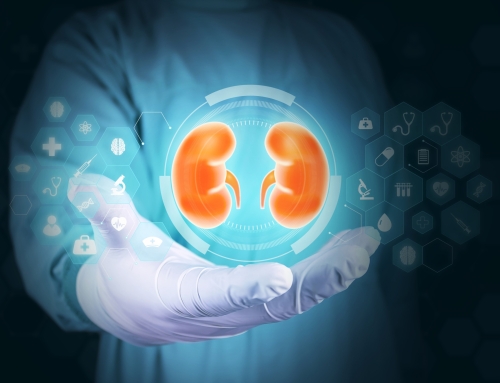The annual data report from the United States Renal Data System (USRDS) reveals both positive and negative trends in kidney disease in the United States. Positive news includes fewer deaths among kidney patients and an increasing use of home dialysis treatments. Ongoing challenges include increasing medical costs for dialysis treatment and an overall increase in the size of the dialysis population.
Highlights from the report include:
- Fewer deaths were reported among dialysis and kidney transplant patients in 2013, dropping by 28 percent and 40 percent, respectively, since 1996.
- Prevalence of end-stage kidney disease—the last stage of chronic kidney disease when the kidneys can no longer remove waste and excess water from the body, and dialysis or kidney transplantation is necessary for survival—continued to rise. The size of the dialysis population increased 4 percent in 2013, reaching 466,607, and is now 63.2 percent larger than in 2000.
- Home dialysis—when patients have the ability to clear excess fluid and waste from the kidneys by using a dialysis machine in the privacy of their own home—use is 52 percent higher than a decade ago.
- The active waiting list for kidney transplants was 2.7 times larger than the supply of donor kidneys, with 17,600 kidney transplants performed in 2013.
Medicare spending for patients with chronic kidney disease aged 65 and older exceeded $50 billion in 2013 and represented 20 percent of all Medicare spending in that age group. In addition, the total cost to Medicare for end-stage kidney disease grew to $30.9 billion and accounted for 7.1 percent of the overall paid Medicare claims costs.
Rajiv Saran, M.D., professor of internal medicine at University of Michigan Health System and director of the USRDS coordinating center, mentions the data report continues to emphasize the low awareness of kidney disease in the general population, as well as the fact that rates of screening for the condition by simple urine testing remain low, even among those with risk factors for the disease.
“Awareness of this silent, but deadly killer may help prevent those with early-stage kidney disease from progressing,” Saran says. “Learning more about risk factors for the disease and early diagnosis are of vital importance as symptoms of kidney disease develop much later.”
The report was released by the USRDS coordinating center based at the University of Michigan Kidney Epidemiology and Cost Center, in partnership with Arbor Research Collaborative for Health.



